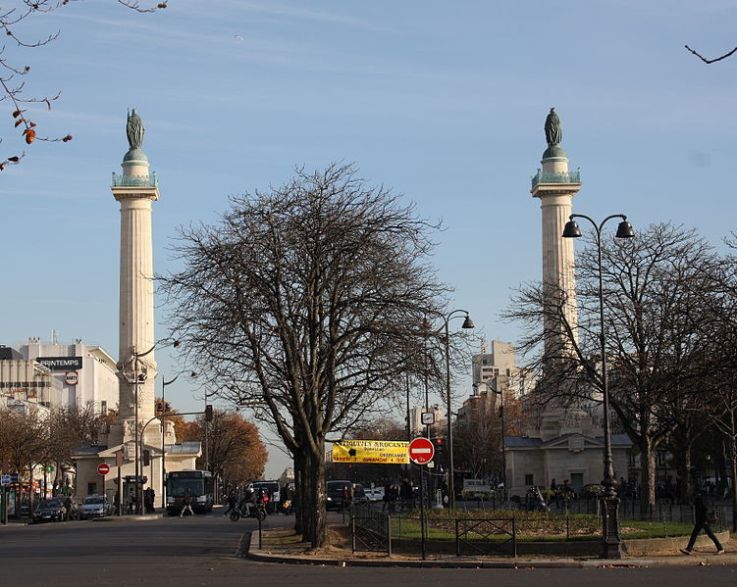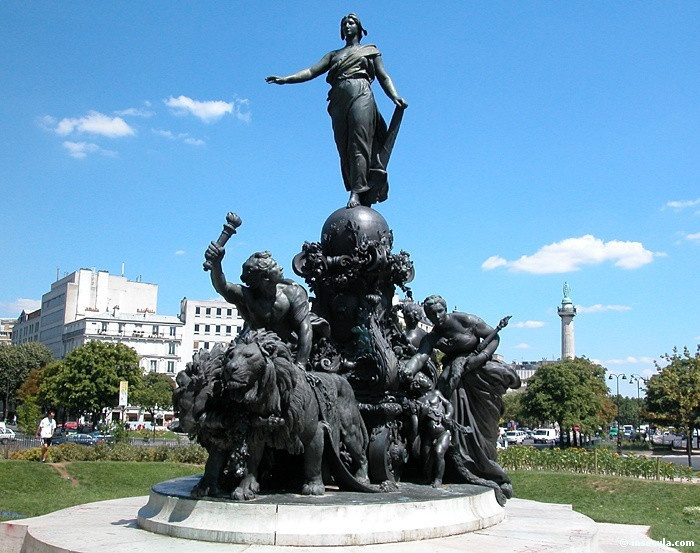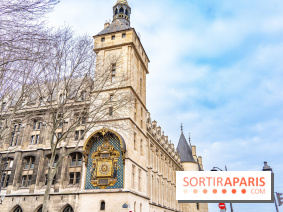In summer 2019, the Place de la Nation will become a garden square. An island of greenery eagerly awaited by residents of the 11th and 12th arrondissements. With the emphasis on bicycles and pedestrians, traffic will be reduced and the central ring will be enlarged and planted (dear local residents, you can see that the work is progressing slowly... but surely). But what if, in addition to looking to the future of this beautiful Parisian square, we were also interested in its past and its history?
Before it was called Place de la Nation, the square was known as Place du Trône. It took its name from the throne installed on the square in 1660 for the return to Paris of Louis XIV and Marie-Thérèse of Austria - whom the Sun King had just married in Saint-Jean-de-Luz. To commemorate this so royal event, Minister Colbert organized an architectural competition, which was won by Claude Perrault.
Perrault designed a triumphal arch topped by a triumphant statue of Louis XIV. Shortly after the first stone was laid in 1670, construction work came to a halt, and the Sun King never saw the light of day until his death in 1715. On the King's death, the original triumphal arch was definitively destroyed.
However, some artistic modifications were made a few centuries later. In the 19th century, the Place de la Nation was adorned with the beautiful statue that still stands at its center today. A second architectural competition was held in 1878, and this time the project came to fruition. Competing in this competition were the architect Jules Dalou and the Morice brothers. Dalou came second, while the Morice brothers went on to create the statue that now stands at the center of the Place de la République.
Dalou's project was so popular that it was decided to erect it on the Place de la Nation, which was definitively named on July 14, 1880. He sculpted Le Triomphe de la République in plaster for the commemoration of the centenary of the French Revolution, followed by a 35-ton bronze version that found its definitive place on the Place de la Nation in 1899. This imposing monument joins the two immense columns erected by Claude-Nicolas Ledoux and surmounted since 1845 by the statues of Saint-Louis and Philippe Auguste.
Speaking of the French Revolution, it's impossible to forget that the Place de la Nation, provocatively renamed Place du Trône-Renversé at the time, was the site of many public executions. One of the most active guillotines in Paris was erected here. In just a few weeks in 1794, almost 1,300 political prisoners were guillotined.
Later, in the 20th century, the Place de la Nation became the scene of numerous popular festivals. One of the most famous was the Foire du Trône, with its many rides and attractions! This Parisian event was held on the Place de la Nation until 1964, when it was relocated to the Pelouse de Reuilly, a little further away in the 12th arrondissement.























